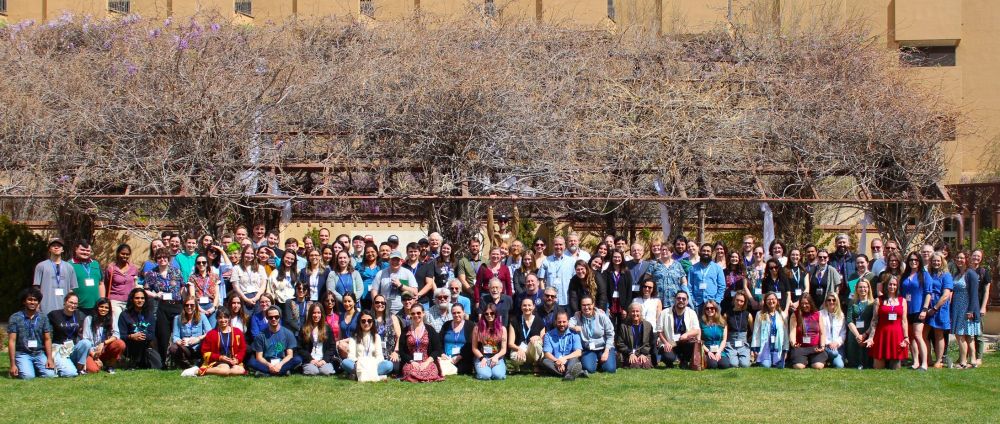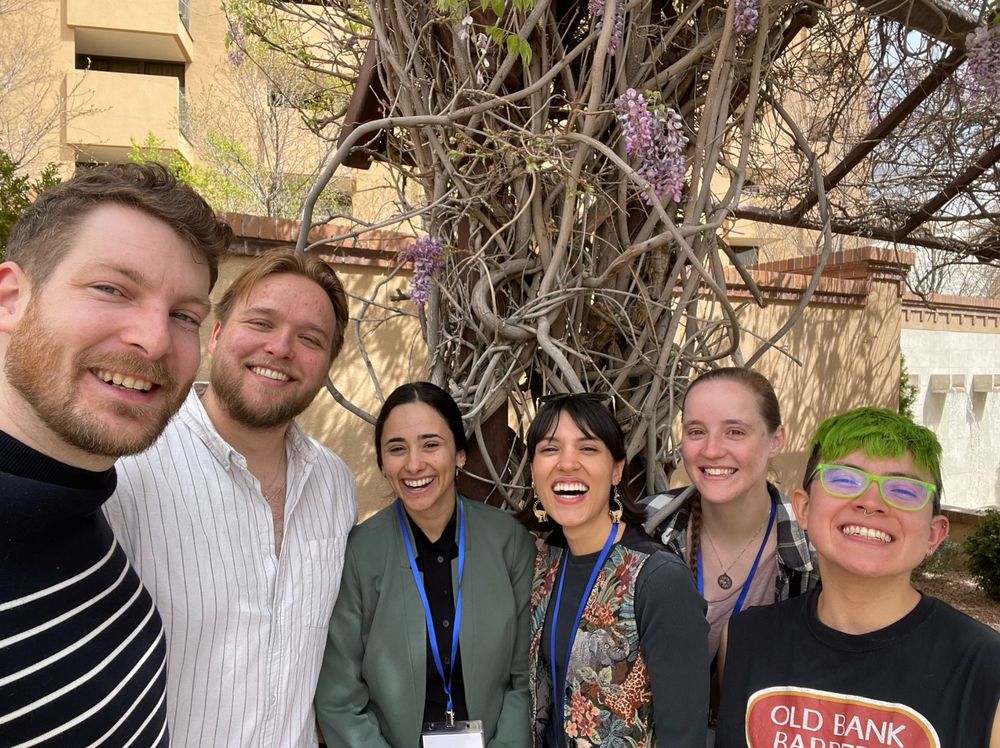
✨What an incredible CO3 we had this year #CO3_2025 ! Thank you to all joined us and contributed your insights and energy to the talks, posters, events and great discussions. It was a truly inspiring event. Until next time💙🏳️🌈🌍🤝
03.04.2025 07:09 — 👍 14 🔁 5 💬 0 📌 1

Thankful to attend the @compcogsoc.bsky.social conference again this year with the SCO group! I always return to campus buzzing with inspiration and optimism, especially seeing how comparative cognition has embraced interdisciplinary research, new frontiers of cognition, and philosophy of the mind.
31.03.2025 20:36 — 👍 5 🔁 1 💬 0 📌 0
One of my wonderful labs at Hopkins, the SCO Group under Dr. Chris Krupenye, is looking for a new lab manager! This is a great opportunity to begin your journey in non-invasive comparative cognition research with a greatly motivated and collaborative group.
24.03.2025 19:32 — 👍 1 🔁 0 💬 0 📌 0



We have lost a legend. Yesterday morning, I received the devastating news that Kanzi, the world’s most famous bonobo, died unexpectedly the day before, in the company of his bonobo family at Ape Initiative, in Des Moines, Iowa. Born in 1980, Kanzi lived a long and full life but his passing nonetheless comes as a shock to us all, because he displayed such vitality all the way through. Kanzi could always get excited to play chase, to participate in problem-solving games, or to receive one of his favorite treats. He had the remarkable ability to precisely communicate his desires to his human caregivers, through both proficient pointing and the use of a lexigram board containing dozens of familiar symbols he had learned throughout his life. You could ask Kanzi in spoken English, “What do you want, Kanzi?” and he would point to the lexigram symbol for one of his favorite foods, like celery or grapes, or one of his favorite games, like chase or tickle.
Kanzi’s eagerness to engage with his caregivers and his enthusiasm for treats made him the shining pupil and research participant that he was. His mother, Matata, was the initial subject of a research program aiming to determine if apes could learn language, but infant Kanzi quickly emerged as the star: while Matata struggled to learn her first symbols, the researchers realized that little Kanzi, clinging to his mother’s belly during these sessions, had been soaking up the knowledge all along. Kanzi ultimately learned several hundred symbols, showed some ability to respond to numerous verbal prompts, and used pointing much more adeptly than any other captive ape I have ever met. I have had the tremendous privilege of knowing Kanzi since 2021 and working with him on a half-dozen research projects. Although I had worked with apes since 2008, including dozens of other bonobos by the time I met Kanzi, I was struck by him. He upended my understanding of what bonobo-human communication could be like, of how bonobos could be. As …
We have lost a legend. Yesterday morning, I received the devastating news that Kanzi, the world’s most famous bonobo, died unexpectedly the day before, in the company of his bonobo family at Ape Initiative, in Des Moines, Iowa.
I've written here about this tremendous loss. We will miss him dearly.
20.03.2025 20:07 — 👍 67 🔁 13 💬 4 📌 0
Science and DEI in the sciences and the arts is what makes America great #standupforscience
07.03.2025 23:17 — 👍 11 🔁 3 💬 0 📌 0






